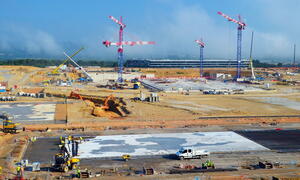What’s New
23 July 2013
ITER news digest for the period of 23 July 2013 to 23 July 2013.

Cryostat contractor Larsen & Toubro jumps 5.3% in 3 days
In the media
Power Engineering International







